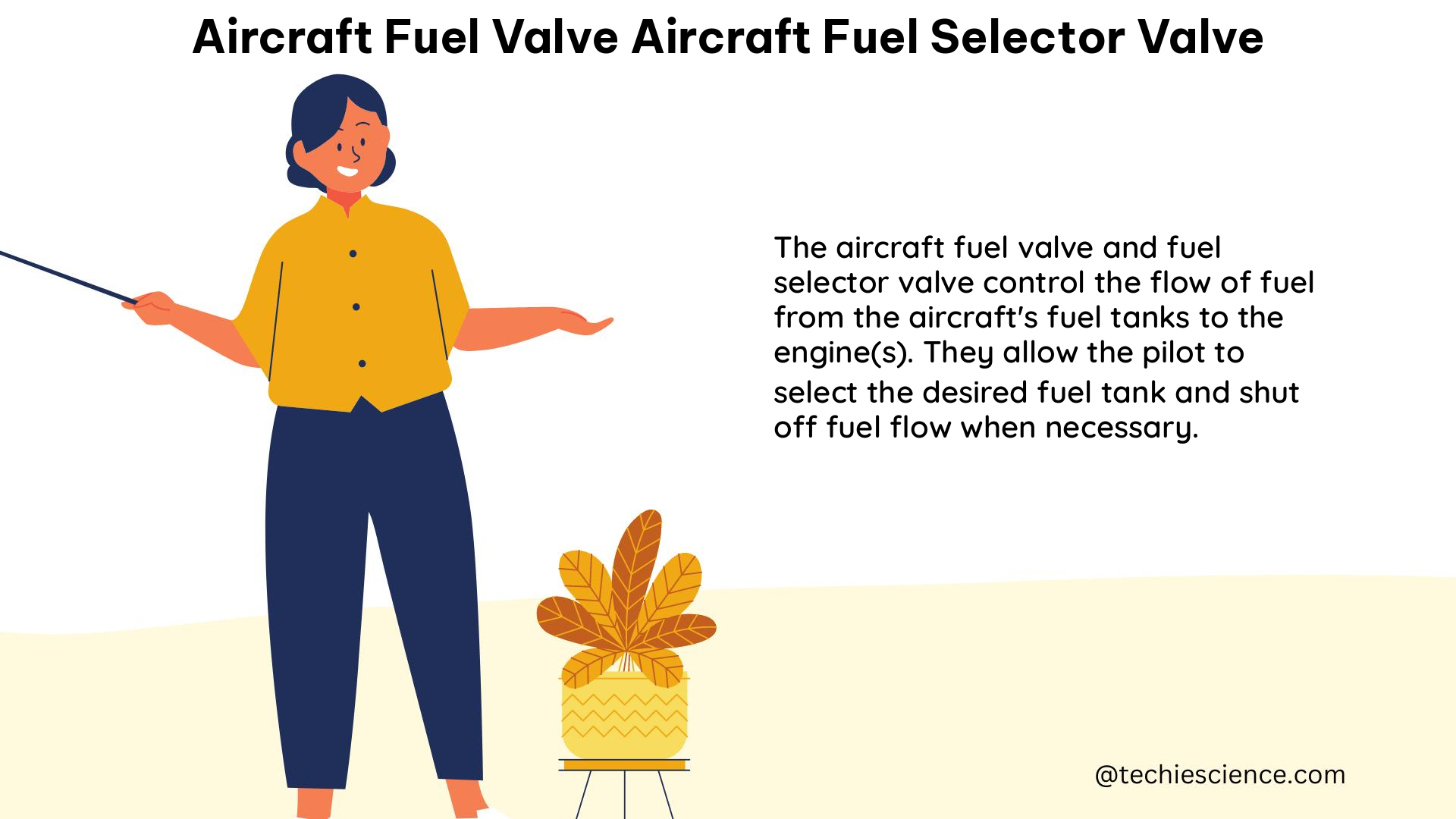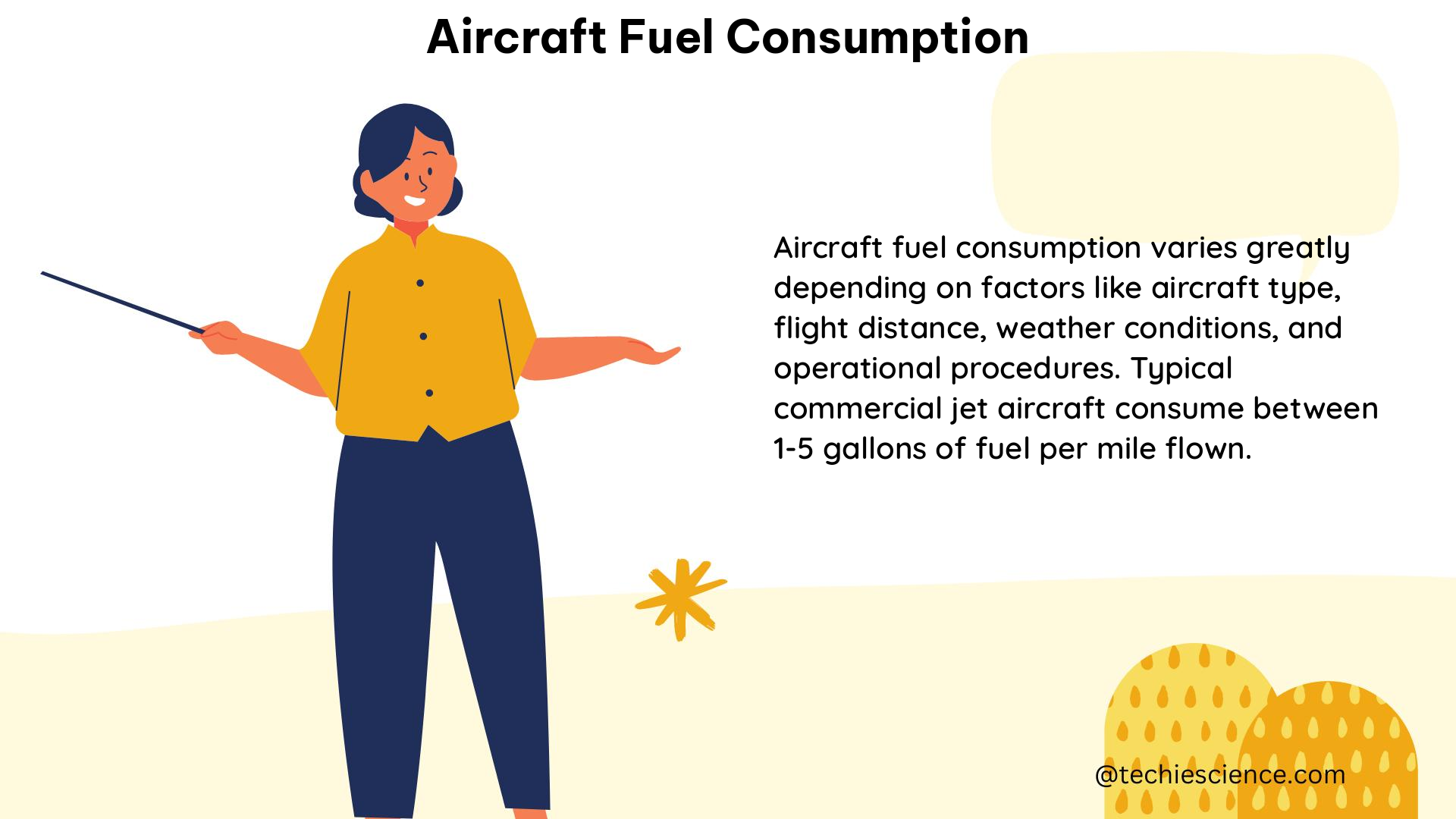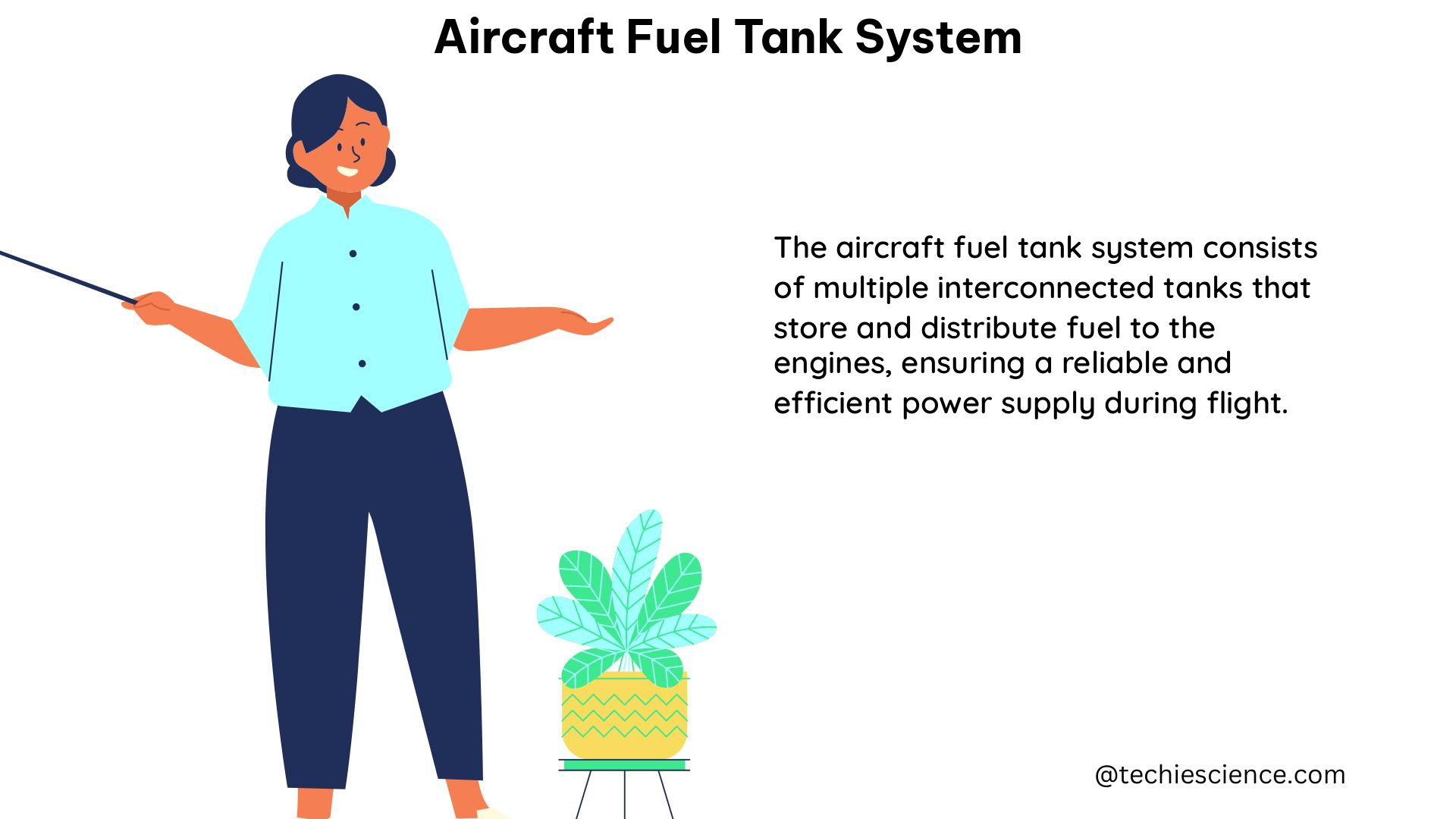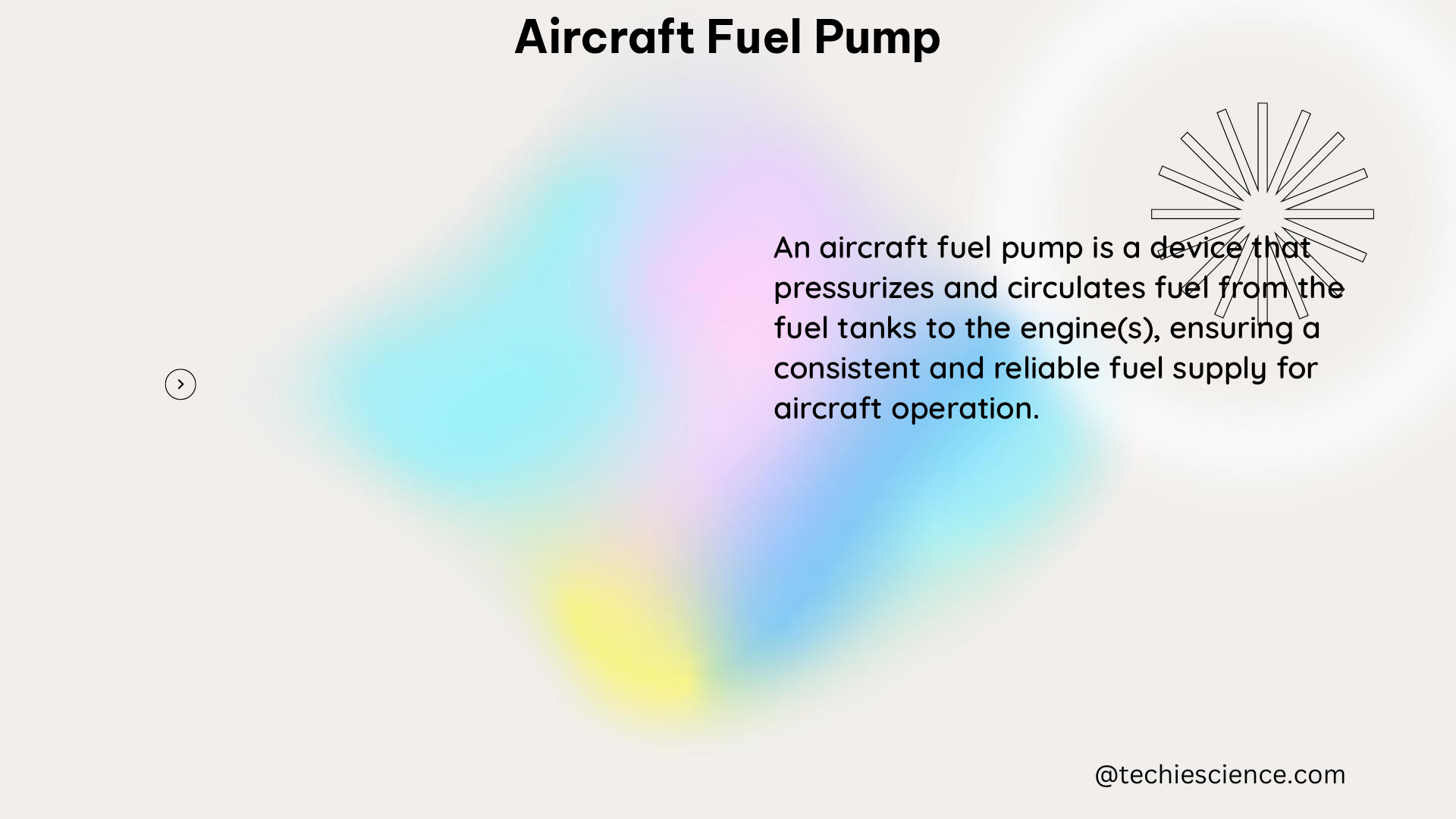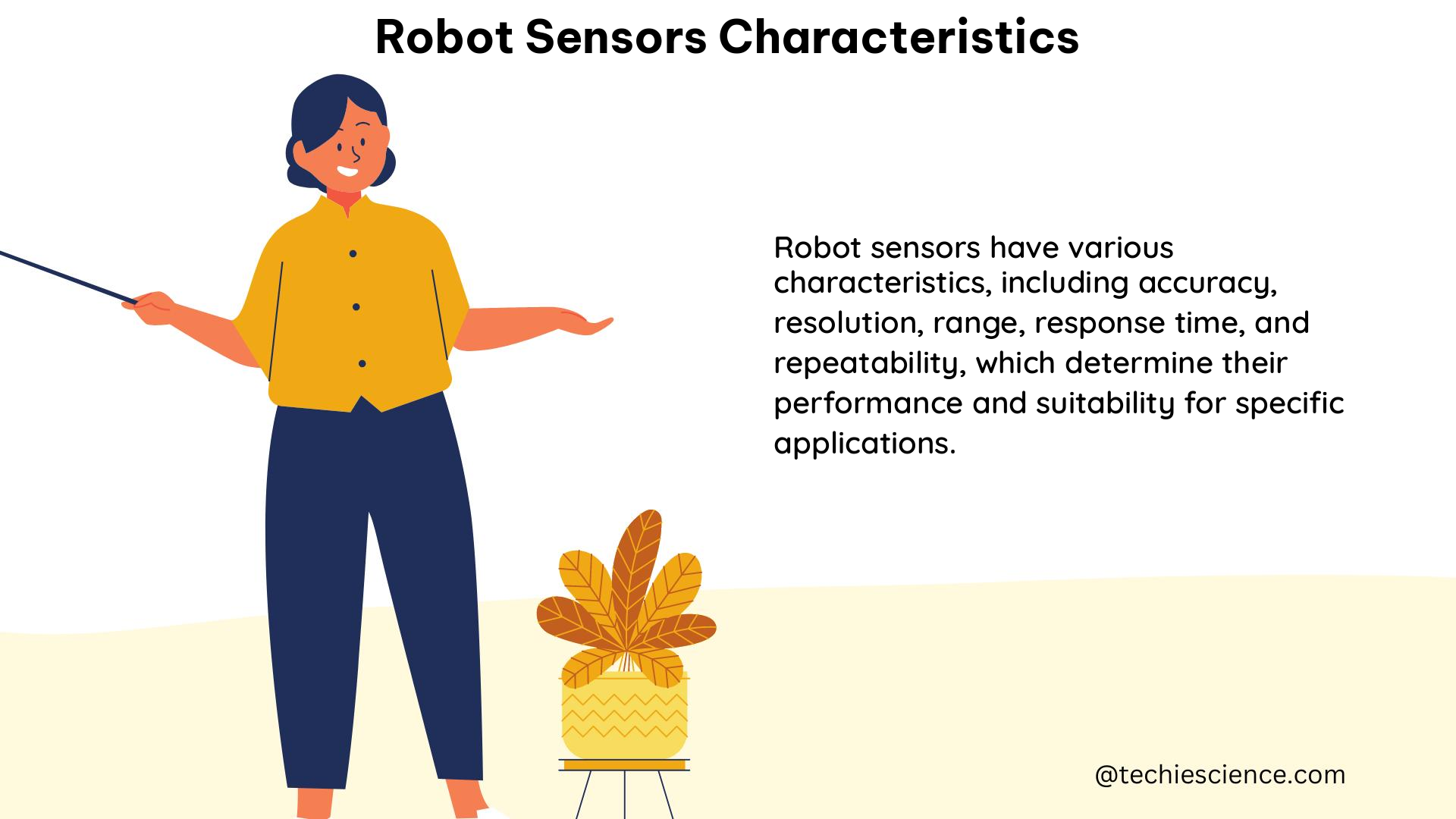VASI (Visual Approach Slope Indicator) lights are a crucial navigational aid installed at airports to guide pilots during the approach and landing phases of flight operations. These lights provide visual information on the aircraft’s vertical position above the runway, allowing pilots to adjust their descent rate and maintain a safe glide path. In this comprehensive guide, we will delve into the technical details and specifications of VASI lights, equipping science students with a deep understanding of this essential aviation technology.
Glide Path Angle: The Foundation of VASI Lights
The visual glide path of a two-bar VASI system is typically set at 3 degrees. This angle is determined by the International Civil Aviation Organization (ICAO) and the Federal Aviation Administration (FAA) as the optimal approach angle for safe and efficient landings. In the case of three-bar VASI systems, the lower glide path provided by the near and middle bars is also set at 3 degrees, while the upper glide path indicated by the middle and far bars is 0.25 degrees higher, at 3.25 degrees.
The glide path angle is calculated using the following formula:
Glide Path Angle (θ) = tan^-1 (h / d)
Where:
– h is the height of the VASI light units above the runway threshold
– d is the distance from the VASI light units to the runway threshold
By adjusting the height and distance of the VASI light units, airport engineers can precisely set the desired glide path angle to ensure safe and consistent approach paths for aircraft.
Visibility Range: Guiding Pilots Day and Night
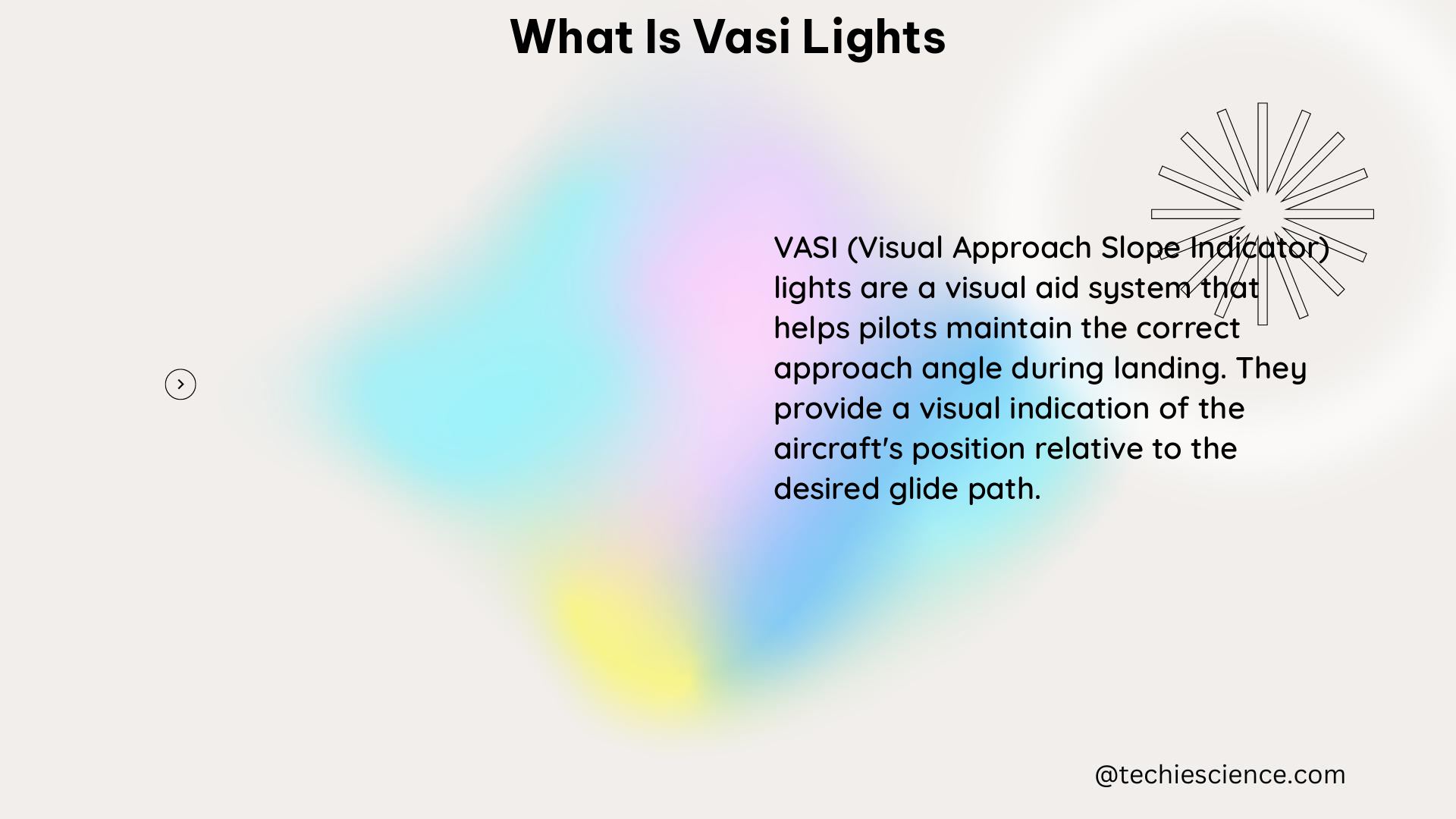
VASI lights are designed to be visible from a significant distance, both during the day and at night. During the daytime, VASI lights are typically visible from a range of 3 to 5 miles. At night, their visibility range increases dramatically, with pilots able to see them from up to 20 miles away or more.
The visibility range of VASI lights is determined by several factors, including:
- Light Intensity: The brightness of the VASI light units, which is typically measured in candelas (cd), determines the distance at which they can be seen.
- Atmospheric Conditions: Environmental factors such as fog, haze, and precipitation can affect the visibility of VASI lights, with better visibility in clear conditions.
- Pilot’s Perspective: The height and angle of the pilot’s eye relative to the VASI lights can influence the perceived brightness and visibility.
To ensure consistent visibility, VASI light units are designed to project a beam of light with a specific intensity and angular distribution, as described by the following equation:
I = I0 * cos^n(θ)
Where:
– I is the light intensity at a given angle θ
– I0 is the maximum light intensity at the center of the beam
– n is the beam spread factor, which determines the angular distribution of the light
By optimizing the light intensity and beam spread, VASI light systems can provide reliable visual guidance to pilots throughout the approach and landing phases.
VASI Light Units: Configuring the Glide Path
VASI systems typically consist of either two or three bars of light units, each with a specific number of individual light sources. The most common configurations are:
- Two-bar VASI: 2, 4, or 12 light units
- Three-bar VASI: 6 or 16 light units
The number and arrangement of the light units determine the visual cues provided to the pilot, allowing them to assess their position relative to the desired glide path.
In a two-bar VASI system, the near and far bars of lights indicate the pilot’s position relative to the 3-degree glide path. If the pilot sees two white lights, they are above the glide path; if they see one white and one red light, they are on the glide path; and if they see two red lights, they are below the glide path.
Three-bar VASI systems provide an additional visual reference, with the middle bar of lights indicating an upper glide path that is 0.25 degrees higher than the lower glide path. This configuration is particularly useful for aircraft with high cockpit positions, as it gives the pilot a more accurate representation of the aircraft’s position relative to the runway.
The specific placement and orientation of the VASI light units are crucial for ensuring accurate visual guidance. Airport engineers must carefully consider factors such as runway length, terrain, and obstructions to optimize the VASI system’s performance.
Color Patterns: Interpreting the Visual Cues
VASI lights utilize a color-coded system to provide pilots with clear visual information about their position relative to the desired glide path. Each VASI light unit projects a beam of light with a white segment at the top and a red segment at the bottom.
The color patterns observed by the pilot indicate the following:
- Two white lights: The aircraft is above the glide path.
- One white and one red light: The aircraft is on the glide path.
- Two red lights: The aircraft is below the glide path.
This color differentiation allows pilots to quickly assess their position and make the necessary adjustments to maintain a safe and stable approach.
The color patterns are achieved through the use of specialized light sources, such as LED or incandescent bulbs, and optical filters or lenses that separate the light into the desired white and red segments. The precise color temperature and intensity of the lights are carefully calibrated to ensure consistent and reliable visual cues for pilots.
Obstacle Clearance: Ensuring Safe Approaches
VASI lights are designed to provide safe obstruction clearance within a specific area around the runway. The FAA and ICAO guidelines stipulate that VASI systems must provide clearance within plus or minus 10 degrees of the extended runway centerline and up to 4 nautical miles (NM) from the runway threshold.
This obstruction clearance is achieved through a combination of factors, including:
- Light Beam Angle: The vertical and horizontal angles of the VASI light beams are carefully calculated to ensure that they clear any obstacles in the approach path.
- Light Unit Placement: The positioning of the VASI light units relative to the runway and surrounding terrain is crucial for maintaining the required obstruction clearance.
- Obstacle Surveys: Airport authorities regularly conduct surveys to identify and mitigate any potential obstacles that could interfere with the VASI system’s performance.
By ensuring that VASI lights provide the necessary obstruction clearance, pilots can approach the runway with confidence, knowing that their descent path is free of hazards.
Response Time: Providing Timely Guidance
The VASI system is designed to provide pilots with a rapid and responsive visual cue during the approach and landing phases. The signals generated by the VASI lights should have a sufficient number of guidance categories to provide adequate feedback, with a “sensitivity” that is compatible with all possible pilot-aircraft combinations.
The response time of the VASI system is a critical factor, as it determines how quickly the pilot can perceive and react to changes in their position relative to the glide path. The system must be able to detect and display the appropriate color patterns in a timely manner, allowing the pilot to make the necessary adjustments to maintain a safe and stable approach.
The response time of the VASI system is influenced by several factors, including:
- Light Unit Switching Speed: The time it takes for the VASI light units to switch between the white and red color patterns.
- Control System Latency: The processing time required by the VASI control system to detect changes in the aircraft’s position and update the light patterns accordingly.
- Pilot Reaction Time: The time it takes for the pilot to perceive the VASI light patterns and make the necessary adjustments to the aircraft’s flight path.
By optimizing the response time of the VASI system, airport engineers can ensure that pilots receive timely and accurate visual guidance, enabling them to maintain a safe and efficient approach to the runway.
DIY VASI Lights: A Hands-on Approach
For science students interested in exploring the technical aspects of VASI lights, a DIY project can be a rewarding and educational experience. Building a small-scale VASI system can provide valuable insights into the design, construction, and operation of this essential aviation technology.
To create a DIY VASI lights project, you would need to consider the following technical specifications:
- Light Sources: Choose LED or incandescent light bulbs that can produce the required white and red color output.
- Light Angle: Ensure that the angle at which the light is projected can be adjusted to simulate the glide path angle of a real VASI system.
- Power Supply: Provide a reliable power source, such as a battery or AC adapter, to power the light units.
- Enclosure: Construct a sturdy and weather-resistant enclosure to protect the light units and electronics from the elements.
- Mounting Hardware: Develop brackets or other mounting hardware to secure the light units to a structure or pole.
- Control System: Implement a microcontroller or other control system to manage the light patterns and angles.
- Programming: Write software or firmware to program the control system and manage the light patterns.
- User Interface: Incorporate a simple user interface, such as a button or switch, to control the VASI system.
By working through the design and construction of a DIY VASI lights project, science students can gain a deeper understanding of the underlying principles, engineering challenges, and practical considerations involved in the development of this essential aviation technology.
Conclusion
VASI lights are a critical component of airport infrastructure, providing pilots with vital visual guidance during the approach and landing phases of flight operations. This comprehensive guide has explored the technical details and specifications of VASI systems, covering topics such as glide path angle, visibility range, light unit configurations, color patterns, obstacle clearance, and response time.
By understanding the science and engineering behind VASI lights, science students can develop a deeper appreciation for the technological advancements that enable safe and efficient air travel. Furthermore, the opportunity to engage in a DIY VASI lights project can provide hands-on experience and valuable insights into the practical application of this essential aviation technology.
As the aviation industry continues to evolve, the knowledge and skills gained from studying VASI lights can serve as a foundation for future innovations and advancements in the field of aerospace engineering and beyond.
References
- Halibrite. (n.d.). What are VASI Lights and How Do They Work? [Online]. Available: https://www.halibrite.com/airport-lighting/what-are-vasi-lights-and-how-do-they-work/
- Boldmethod. (2020). Should You Use the PAPI or VASI on Your Final Approach or Touchdown on the Numbers? [Online]. Available: https://www.boldmethod.com/learn-to-fly/maneuvers/should-you-use-the-papi-or-vasi-on-your-final-approach-or-touchdown-on-the-numbers/
- U.S. Department of Transportation. (1978). Visual Approach Slope Indicator (VASI) Systems. [Online]. Available: https://apps.dtic.mil/sti/tr/pdf/ADA159452.pdf
- Federal Aviation Administration. (1974). Visual Approach Slope Indicator (VASI) Systems. [Online]. Available: https://www.fire.tc.faa.gov/pdf/rd74-139.pdf
